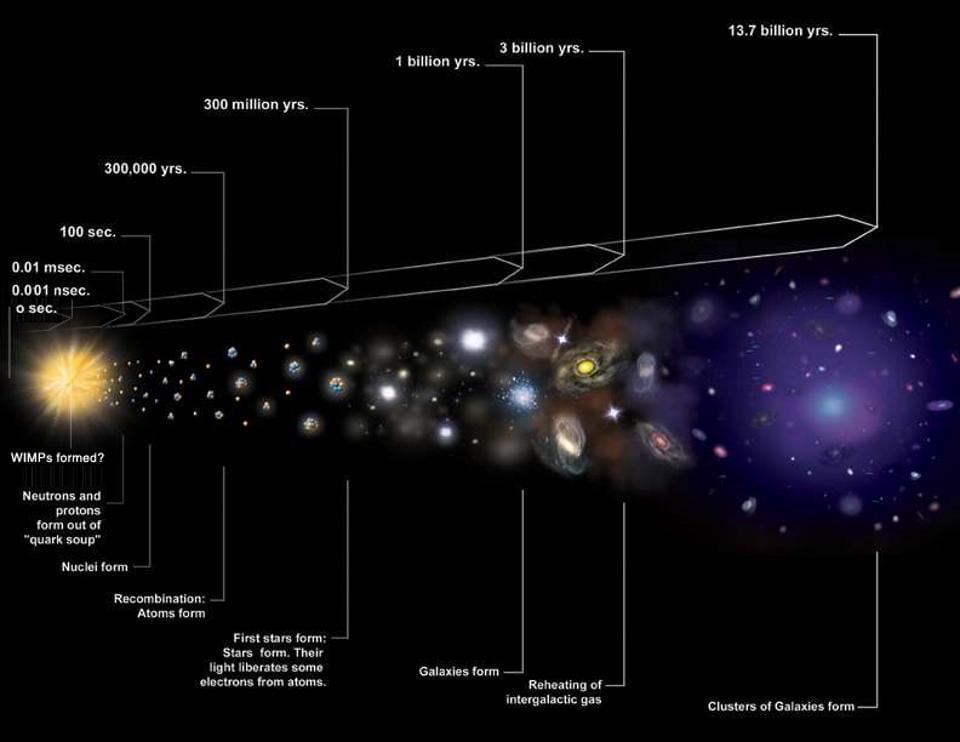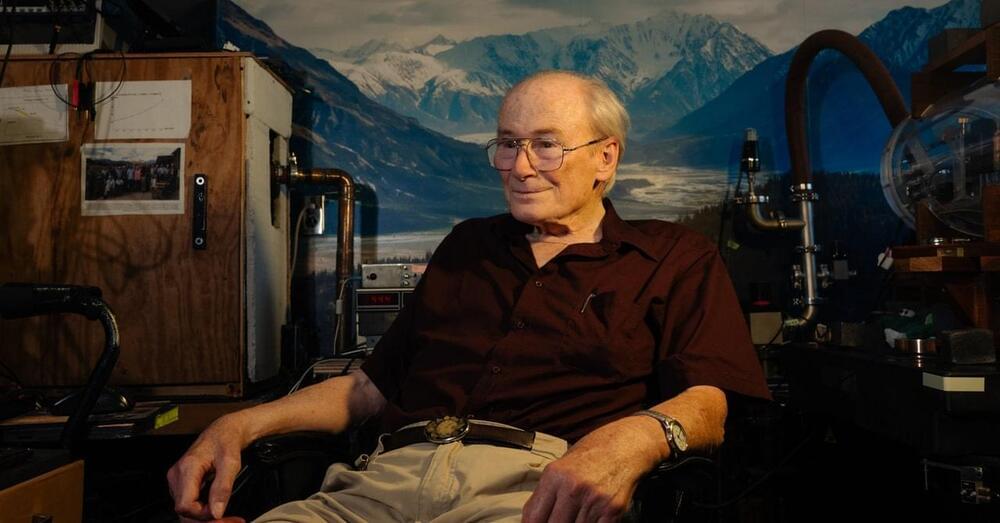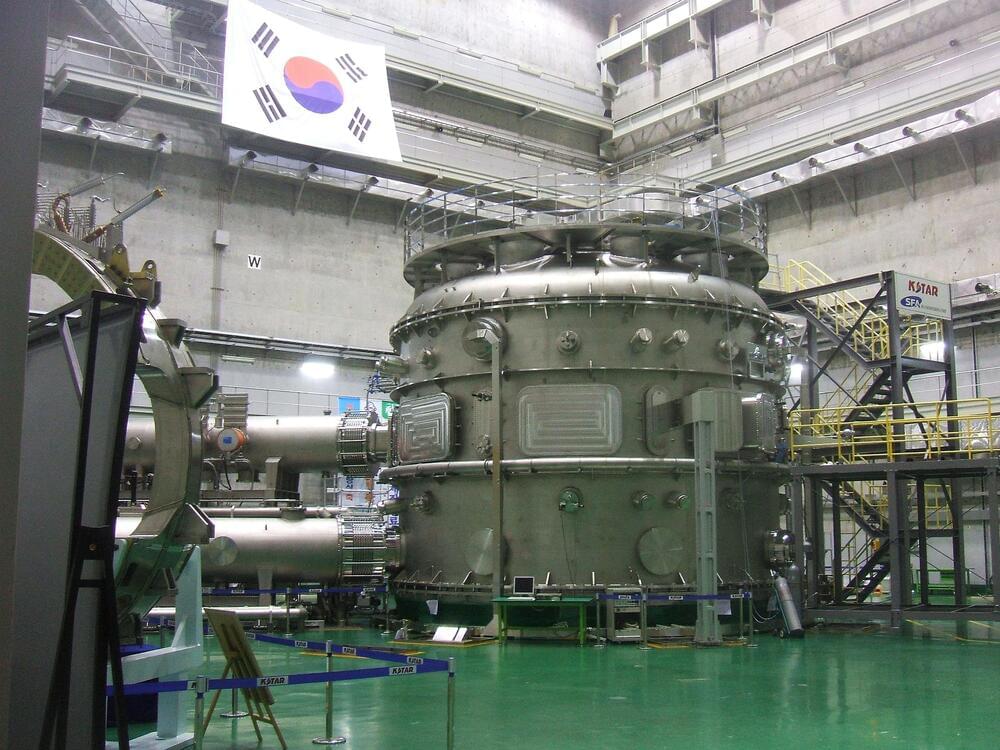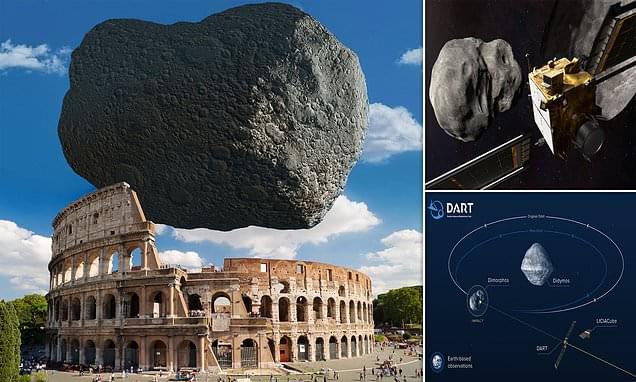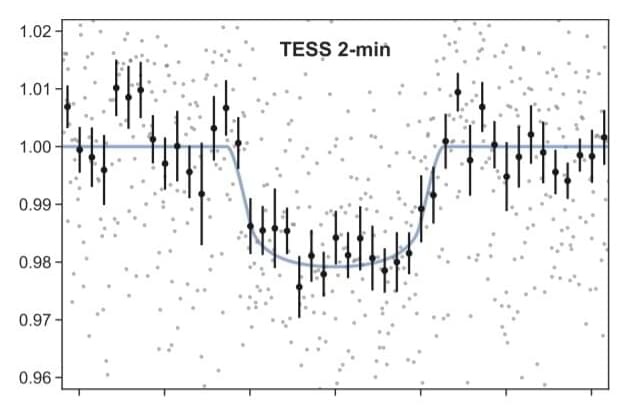Nov 24, 2021
Does the expansion of the Universe break the speed of light?
Posted by Genevieve Klien in categories: cosmology, futurism
When we talk about the distance to an object in the expanding Universe, we’re always taking a cosmic snapshot — a sort of “God’s eye view” — of how things are at this particular instant in time: when the light from these distant objects arrives. We know that we’re seeing these objects as they were in the distant past, not as they are today — some 13.8 billion years after the Big Bang — but rather as they were when they emitted the light that arrives today.
But when we talk about, “how far away is this object,” we’re not asking how far away it was from us when it emitted the light we’re now seeing, and we aren’t asking how long the light has been in transit. Instead, we’re asking how far away the object, if we could somehow “freeze” the expansion of the Universe right now, is located from us at this very instant. The farthest observed galaxy GN-z11, emitted its now-arriving light 13.4 billion years ago, and is located some 32 billion light-years away. If we could see all the way back to the instant of the Big Bang, we’d be seeing 46.1 billion light-years away, and if we wanted to know the most distant object whose light hasn’t yet reached us, but will someday, that’s presently a distance of ~61 billion light-years away: the future visibility limit.
